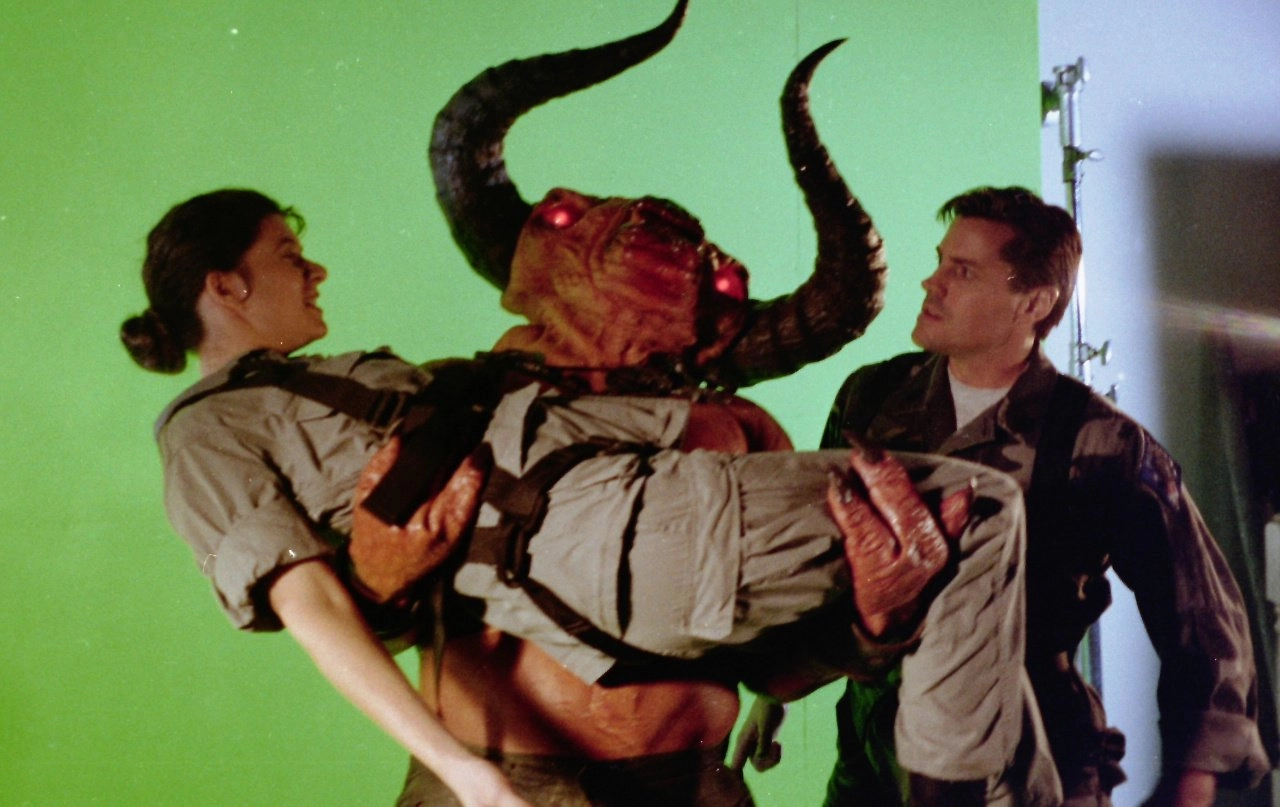
During the heyday of video game development in the '90s, the conversion of Doom, a classic first-person shooter, to the 3DO console was a tale that remains one of the most fascinating in gaming history. Art Data Interactive, a company led by CEO Randy Scott, promised more than they could deliver when they claimed the port was near completion. As it turned out, a lot more work was needed, and the task fell upon developer Rebecca Heineman of Logicware to salvage the project. Heineman, initially brought on merely to finalize the port, was faced with the monumental challenge of developing a new version from scratch in just ten weeks.
The pressure-cooker environment of the rushed development process is a story often recounted, even by Heineman herself on platforms like YouTube. Yet, what is less known is the incredible effort that went into creating full motion video (FMV) scenes for Doom 3DO that were ultimately never used. Art Data had ambitious plans to include this additional media-heavy content, going so far as to have the scenes filmed.
This forgotten aspect of Doom 3DO's history sometimes surfaces on social media, bringing light to photos of actors in costume, drenched in stage blood, and an impressive Cyberdemon suit that would never make its in-game debut. These images reveal an ambition for Doom 3DO that exceeded the constraints of its reality—most notably, the severe time limitations.
The creation of the Cyberdemon costume was undertaken by Global Effects, under the guidance of special effects and props artist Chris Gilman. His company was known for its work in Hollywood films like "Predator" and "The Secret of the Ooze," but the world of video gaming was a new frontier. When Art Data approached him to work on the 3DO port of Doom, it was a game he was unfamiliar with. After seeing how far video games had advanced with a copy of Doom provided by the publisher, Gilman was eager to contribute to this new version.
Under usual circumstances, a creature suit of this caliber would have cost between $30,000 and $50,000 to create. However, Global Effects was able to cut down the cost significantly because it had a suitable body suit already made for another project. All they needed was to craft a head and hands for the Cyberdemon, based on the muscular physique of bodybuilder Paul Demayo, affectionately known in his circuit as "Quadzilla."
Chris Gilman himself, for whom the original body suit was tailored, ended up donning the Cyberdemon costume. Shooting for the FMV scenes occurred in 1994 in Simi Valley, on a makeshift set at the Art Data offices. From the moment of walking onto the set and seeing a cramped 10 ft x 10 ft greenscreen setup, Gilman realized the shoot might not live up to professional standards.
Despite these challenges, Gilman spent his time on set performing the actions directed—clawing and slashing at extras in military garb to capture the villainous essence of the Cyberdemon. However, after filming wrapped up, the sad truth emerged that much of the footage was unusable due to technical issues with the greenscreen.
Heineman gives a developer's perspective on the matter, noting the unrealistic expectation from Art Data's leader, who believed the green screen footage could be easily integrated into Doom 3DO—despite the technical impracticability. Faced with this impossible task and a ticking clock, Heineman focused on completing the game itself, leaving the FMV scenes behind.
These missteps elucidate why the FMV scenes never made it into the final product. The time-intensive task of manually correcting the issues with each frame was simply not feasible given the rushed development cycle.
In an amusing twist, the Cyberdemon costume found a second life not in gaming, but in Halloween festivities. Gilman shares a story of how he used the costume to terrify trick-or-treaters, providing a different kind of legacy for his work on Doom 3DO.
The tale of Doom 3DO, with its chaotic development and the ghost of its FMV scenes, stands as a unique chapter in video game history—a reminder of the challenges and ambitions of an industry in a time of rapid technological change. It's a story that highlights both the ingenuity and the folly of gaming's past, leaving those who know it to wonder what might have been had Doom 3DO's development been as devilishly successful as its costume creation.
You must be logged in to post a comment!